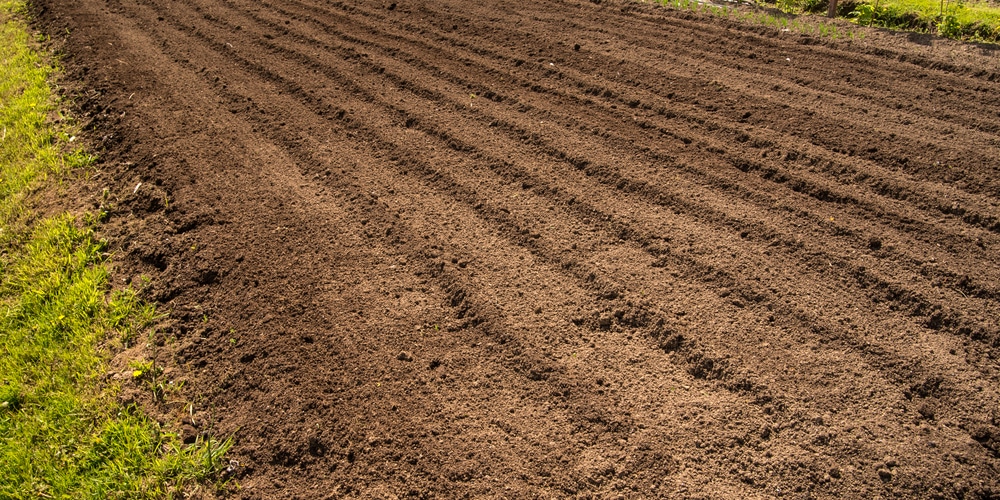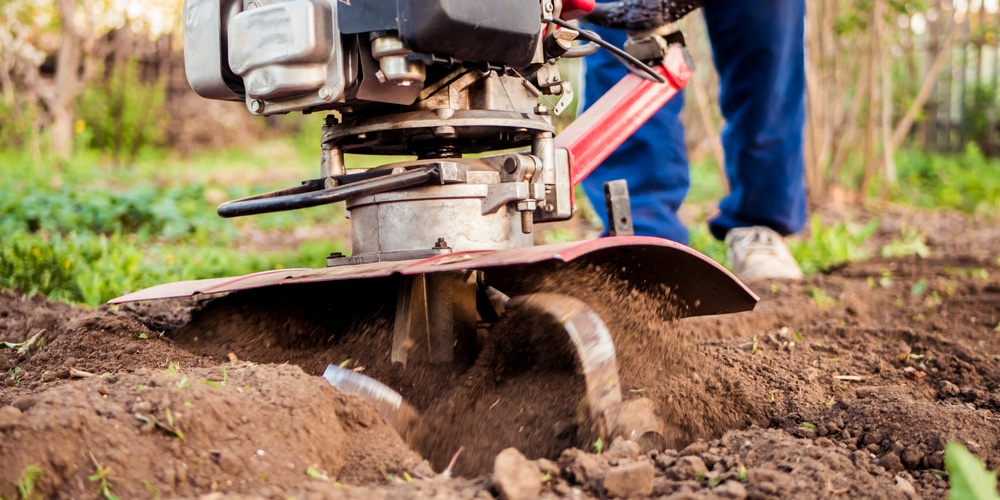A rototiller is a piece of power-driven equipment used for agriculture. It is most commonly known for its ability to loosen up soil. It is much easier to access and buy than a tractor may be, and faster to use than a shovel. This article will answer the question, ‘should I rototill my lawn before seeding.
Should I Rototill My Lawn Before Seeding
To help you make a decision, here is a compilation of both advantages and disadvantages of tilling your lawn prior to seeding.
Advantages:
An advantage of rototilling your soil before seeding is that it warms up the soil particles and loosens them up, giving them more air. This is essential for the plants to get proper aeration and for the germination of the seeds to process properly. Using a rototill could also help break up clumps and provide good ventilation and fresh oxygen for your soil.
This is largely helpful as rocks and hard clumps of soil are not able to sustain proper plant growth. Rototilling your lawn will ensure that your soil is soft and pliable enough to be suitable for pretty much any and all plants and greenery that you want to seed.
Moreover, tilling your lawn before seeding can also help mix in organic substances and any fertilizers and compost that you’ve put onto your soil. These nutrients are likely to further better your plants’ health.
A rototill is also a great alternative to using a tractor, seeing as it’s much cheaper and somewhat easier to use because of its size. As well as this, it works better than if you were using a shovel as it can go deeper into the soil and separate the particles much better.
Lastly, using a rototill can aid you in killing off unwanted weeds and other irritating plants, especially if you use it in the early spring.
Disadvantages:

A disadvantage you should keep in mind if you’re considering tilling your lawn before seeding is that it could make your soil uneven. This is because when you use a rototill on your lawn it softens the structure of the soil itself. The more the soil softens the less reliable and more likely to become uneven it becomes.
Furthermore, tilling your lawn could result in the soil losing quite a bit of its moisture. This could be seen as an advantage in places where there are frequent showers or if you’re currently going through a particularly rainy period.
However, most lawn grass and plants need plenty of moisture and water in order for them to be properly sustained and healthy. Therefore, you should be aiming to withhold as much of the moisture that’s already in your soil as you can, especially during the hotter, drier seasons.
Moreover, using a rototiller before seeding risks destroying the microbes in your soil. This is because, when you use a rototiller you create a disturbance to the soil itself.
Constant disturbance could cause a pretty drastic reduction of microorganisms that you need in order to thoroughly take care of fertile land. Therefore, tilling could mean that your soil quickly loses a lot of its fertility.
Not to mention that doing this could also harm or kill earthworms in your soil, which are there to specifically increase and improve its fertility.
Should I rototill my lawn before seeding: final thoughts:
Overall, although rototilling your lawn before seeding has quite a few advantages, it is not recommended that you do it unless it is completely necessary.
This means that if your lawn isn’t overly clumpy or not receiving enough oxygen, it’s probably not required, or even healthy for you to till your lawn. However, if your soil is experiencing issues with lack of oxygen and hard clumps then it is perfectly normal for you to consider tilling your lawn, or at the very least the area of your lawn you are planning to seed.
If your soil seems to be in adequate condition but just needs a little bit of refreshment then you should think about adding some fresh compost to your lawn and then raking it. This means that you’re not only protecting your soil from harm and keeping your lawn healthy but you’re also saving yourself the quite large amount of the effort and exertion that goes into tilling.
